The high-risk, adrenaline-fuelled operations dramatised in recent BBC1 mini-series SAS Rogue Heroes left viewers gripped. Not quite as attention-grabbing, but no less fearless (or dangerous), were the activities of another special forces unit, the Special Operations Executive (SOE) – a volunteer force set up in 1940 to wage a secret war.
Famously ordered by Prime Minister Winston Churchill to ‘set Europe ablaze’, this band of brave agents were often dropped by parachute into Nazi-occupied territory, tasked with sabotage, subversion and helping local resistance movements. Many of them were serving soldiers with commando training; others had been drawn from civilian life. In Lonely Courage, a biography of the 39 women who joined, writer Rick Stroud recounts they were trained alongside the men, learning how to blend into the background, operate a radio transmitter – and kill a man with their bare hands.
Although members of the SOE were often dubbed ‘the Baker Street Irregulars’ after their London HQ, a genteel neo-Georgian mansion in Oxfordshire also played a crucial role in their success. Seven miles from Bicester, Poundon House was requisitioned by the government in 1940, with huts built in the grounds and a secret radio and training base established – the home was to play a key role in breaking the Enigma Code. One night, a lone German bomber attempted to drop a bomb on the house, but only succeeded in damaging the gateposts.
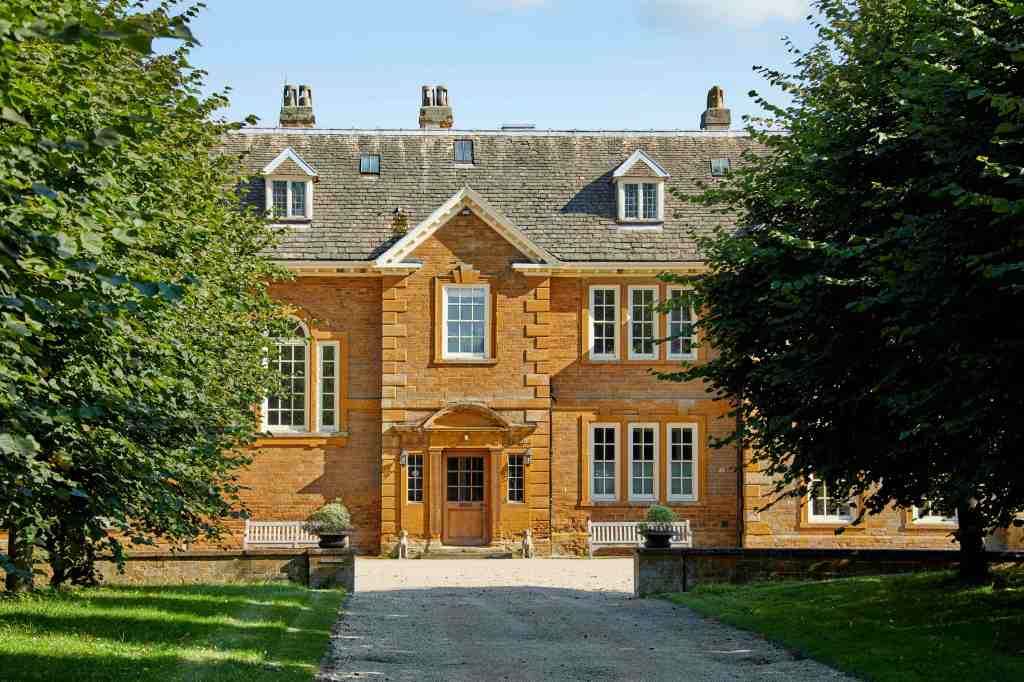
Built by Colonel John Heywood-Lonsdale in 1908, in yellow-hued stone, Poundon House was in prime hunting country and had a fine stable yard that housed 12 hunters. Part of a family of landed gentry from the north of England, the colonel – also a magistrate and local councillor – lived in fine style, with the 1911 census revealing he kept 14 members of staff, including a butler and stud groom. When the war ended, he hoped to return to Poundon House, but was informed that the property was still required for intelligence gathering during the Cold War. The huts remained in situ until 1976.
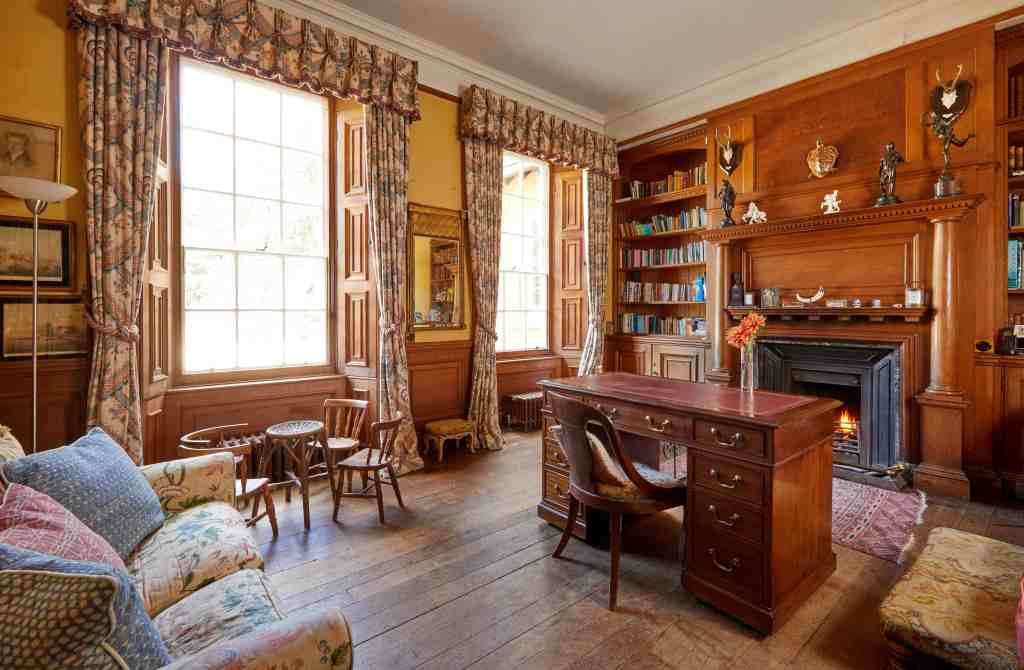
Its present owner, Antony Roscoe, bought the now Grade II-listed, four-storey Poundon in 1979, and set about returning it to a grand, private retreat. ‘I was drawn to the house by its location and incredible views,’ Roscoe says. ‘Built beautifully of stone from the quarry at Eydon, near Banbury, it’s warm in the winter and cool in the summer – altogether a wonderful monument to the capable builders of the early years of last century. Perfect for a family interested in country sports, the 12 stables were again full of horses and ponies, the walled garden was cared for, and the swimming pool and tennis court were installed.’

Inside the 13,260 sq ft home, which sits at the end of a sweeping lime tree-lined driveway, there are 12 bedrooms (along with four further flats in the stable yard and a two-bedroom cottage), five main bathrooms and at least eight high-ceilinged receptions, including a library. Many original features remain, including the fireplace in the drawing room and cornicing in the dining room – perfect for the Roscoe family’s hunt balls, for which the extensive cellars were restocked accordingly.
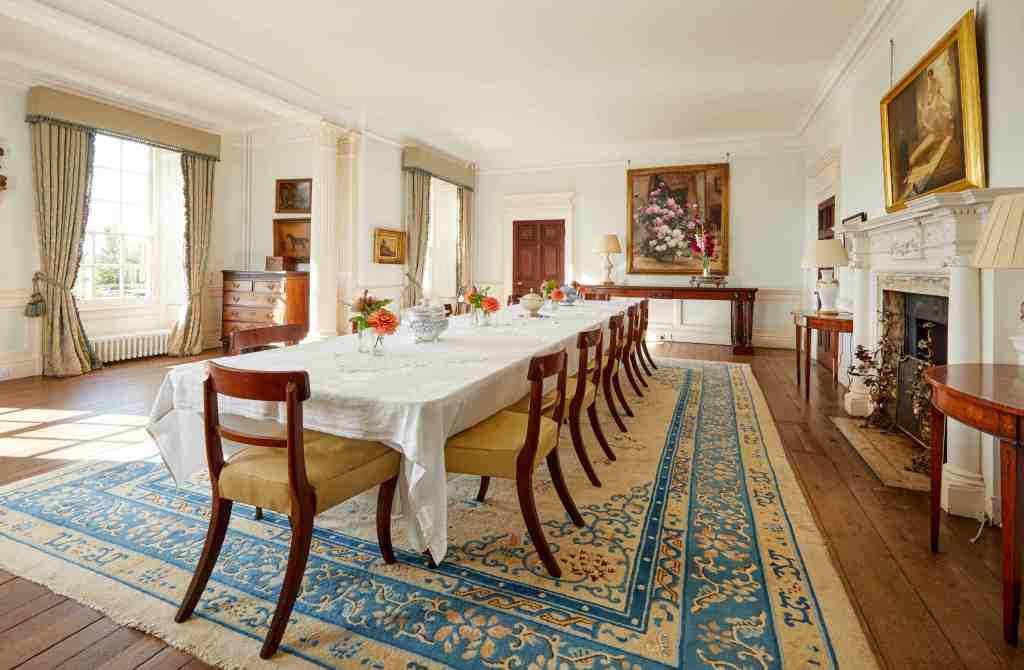
Decor has remained sympathetic to the property’s Edwardian heritage, with rich wall colours, floral drapes at the windows and a collection of oil paintings displayed throughout – meaning its next owners may want to give it a more contemporary country house twist. Having owned it for more than 40 years, Roscoe has put Poundon on the market for £6 million with Knight Frank, citing estate planning as the reason for the sale.
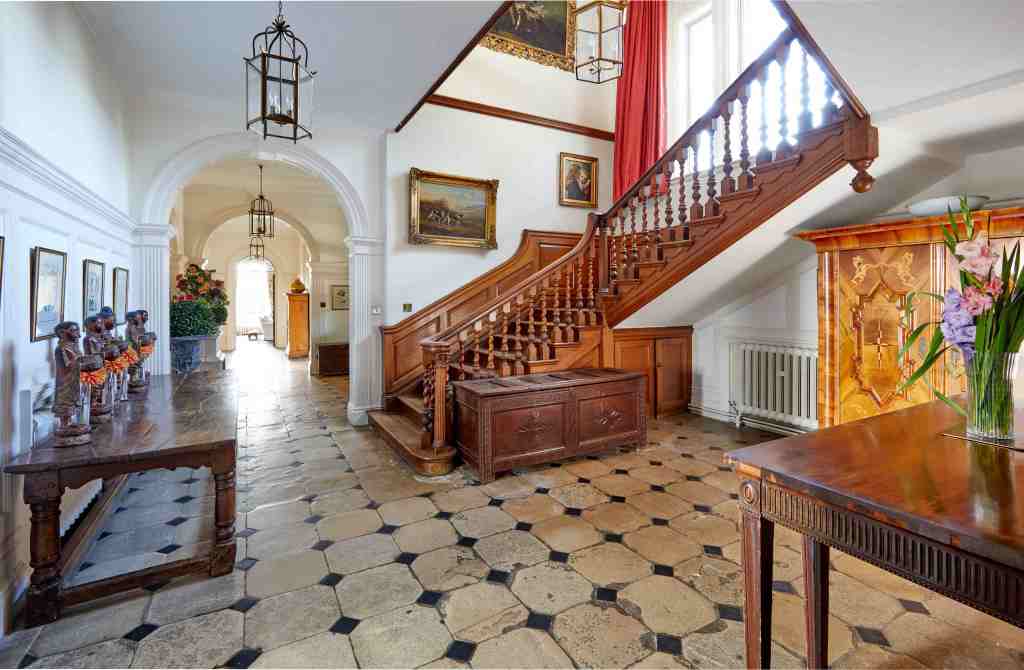
There’s plenty of scope to put your own stamp on the 11.5 acres of grounds, too, although much of it was created by renowned landscape designer Thomas Mawson in an Arts and Crafts style, including formal terraces, lawns and a Victorian style red brick-walled garden, with vegetable plots, fruit trees and lots of pretty ornamental features.
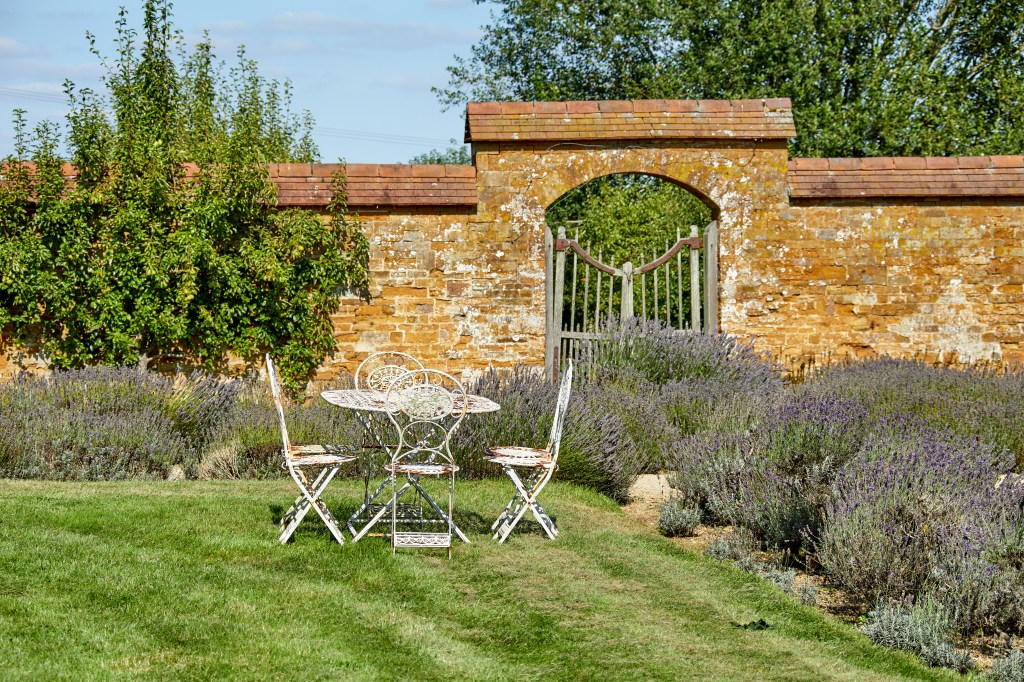
Many members of the SOE, known as ‘Churchill’s secret army’, knew they would never see their own homes again, instead meeting lonely fates in the service of their country. Today, the perfectly idyllic Poundon House is a home to which anyone would long to return.

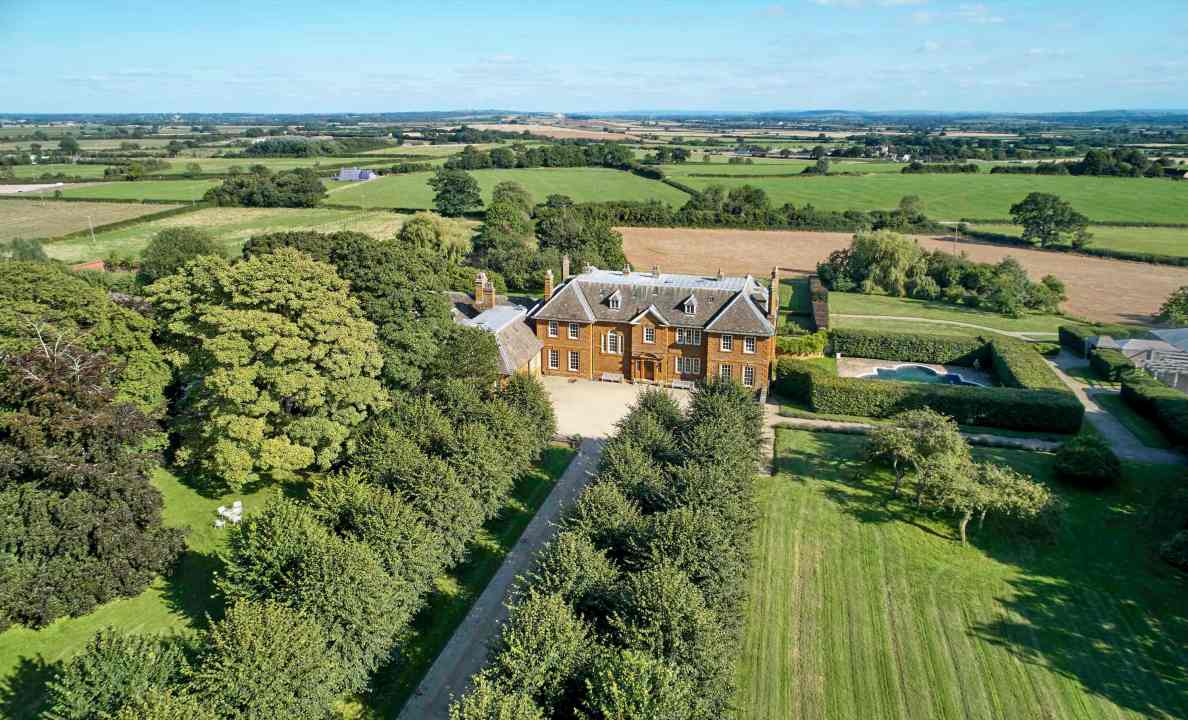
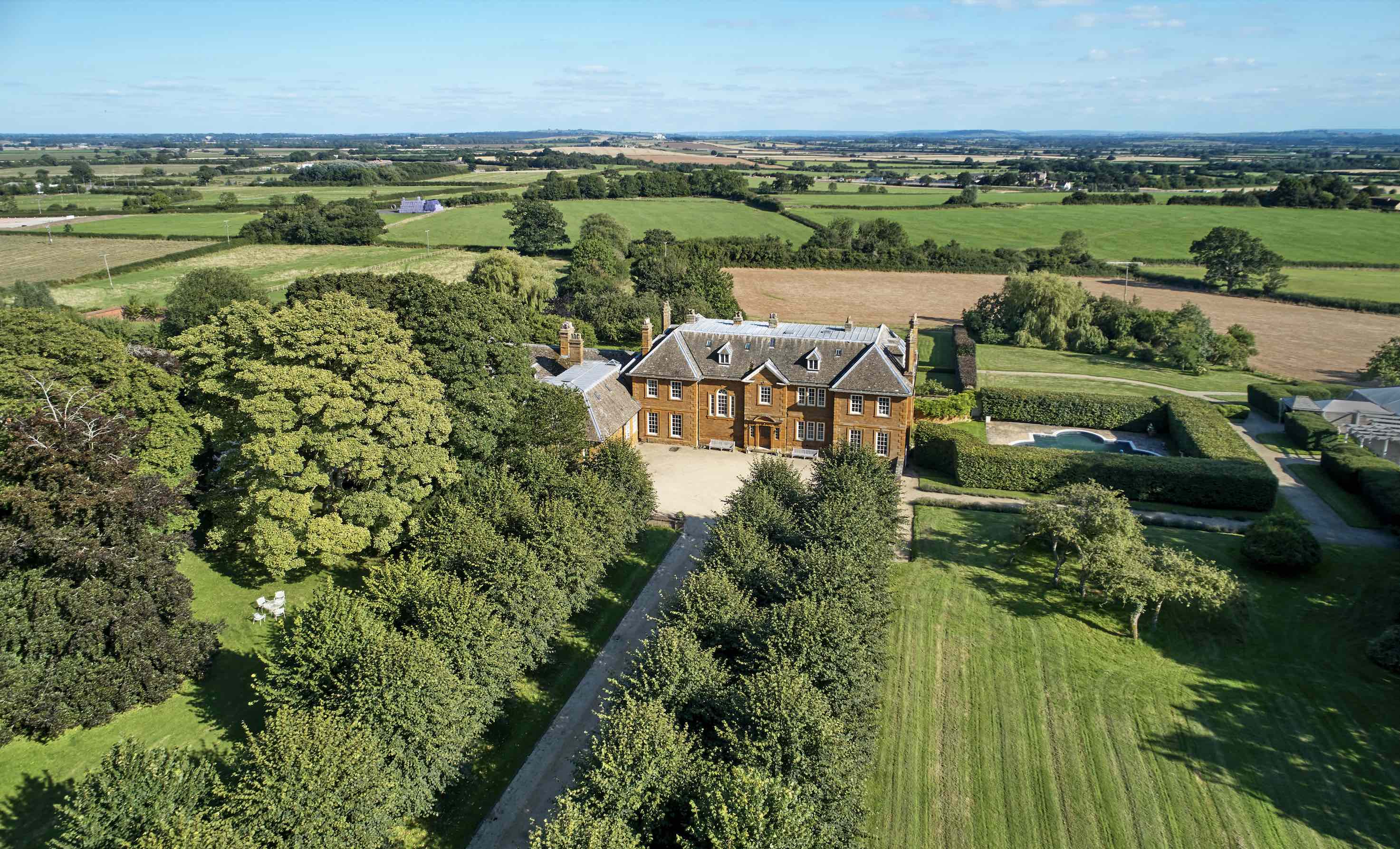




Comments